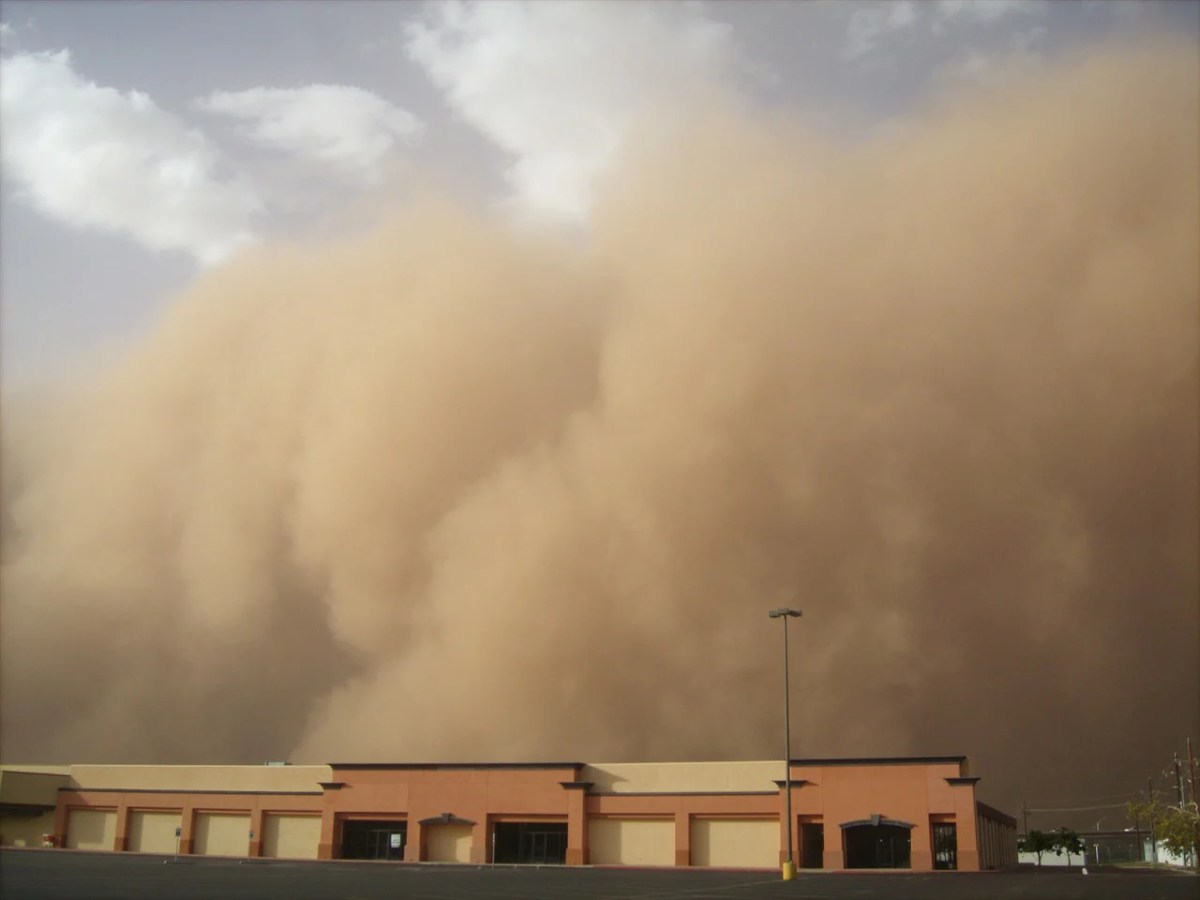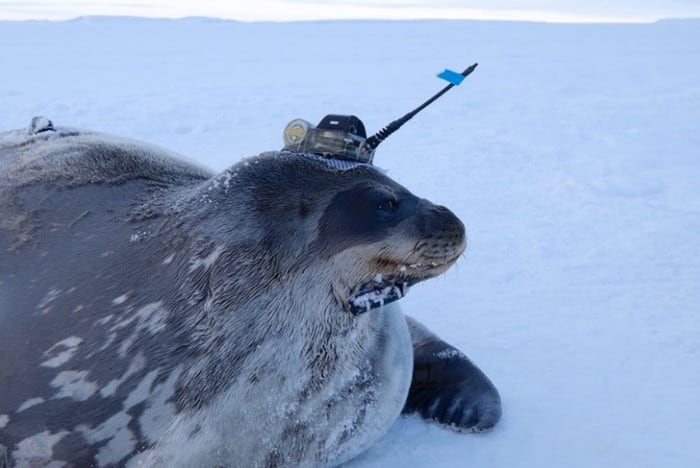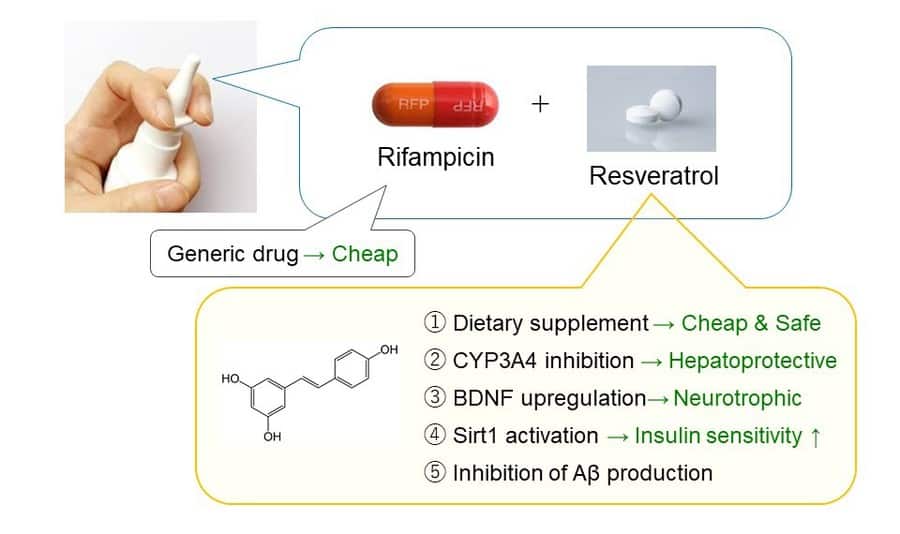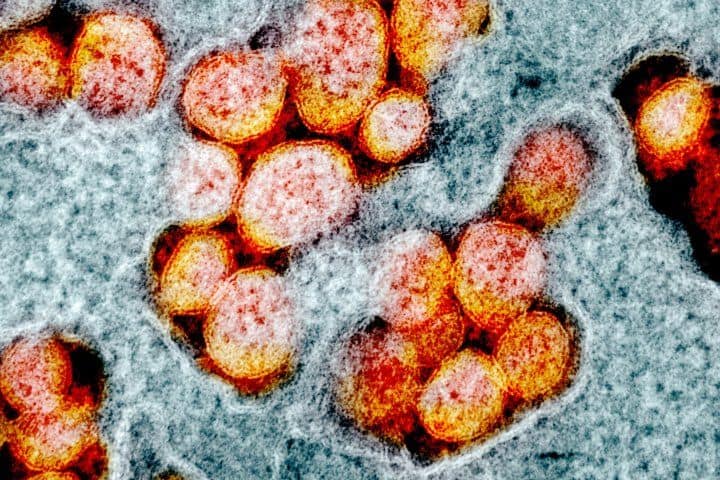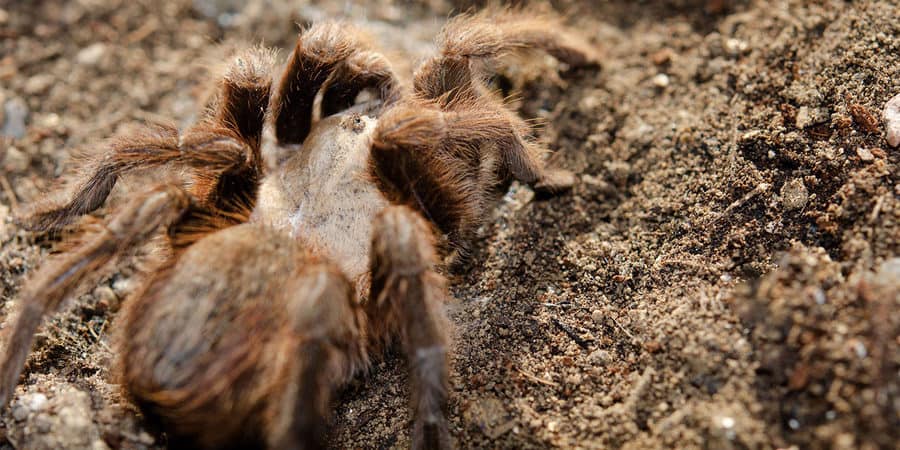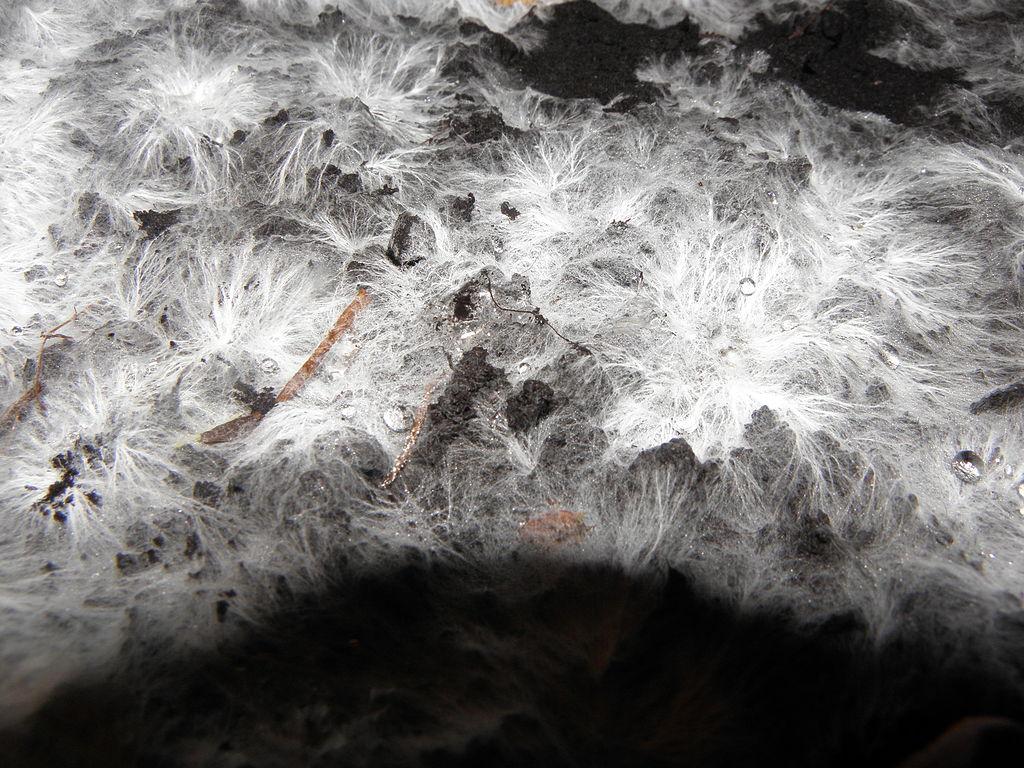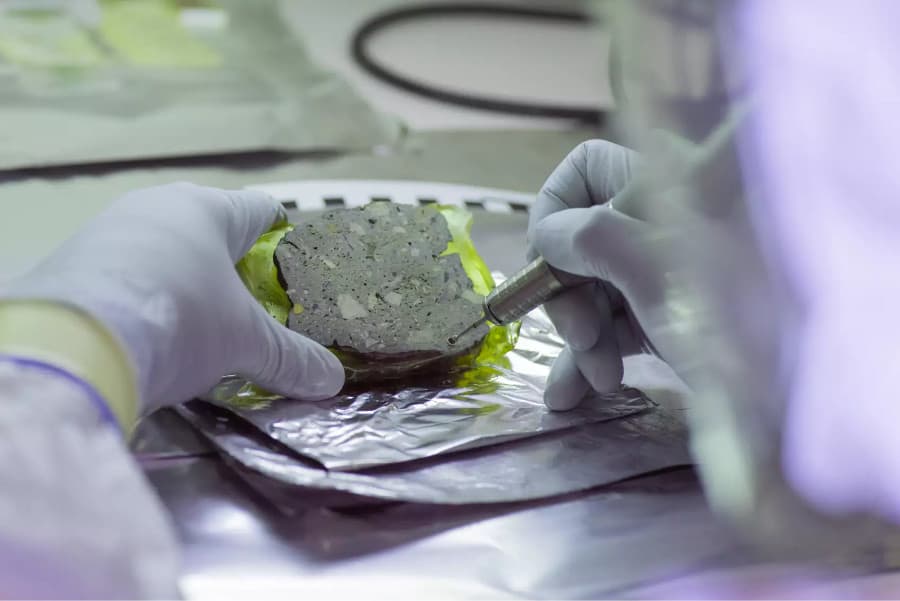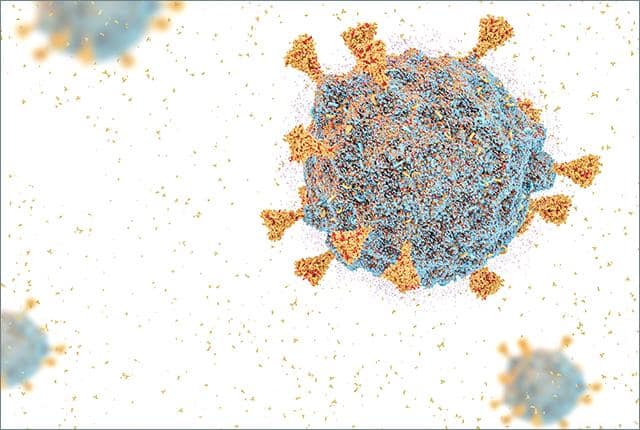Only rarely does dust ever completely break down or go away. However – and like with nearly all types of air pollution – it can be controlled. Indoors we usually go to great lengths to try to corral dust, relying on everything from cloths, filters, vacuum cleaners and wipes to dust pans and brooms and […]
Read More